International
Zelenski proposes a partial truce with Russia in the face of the coldness of the West to its ‘Victory Plan’
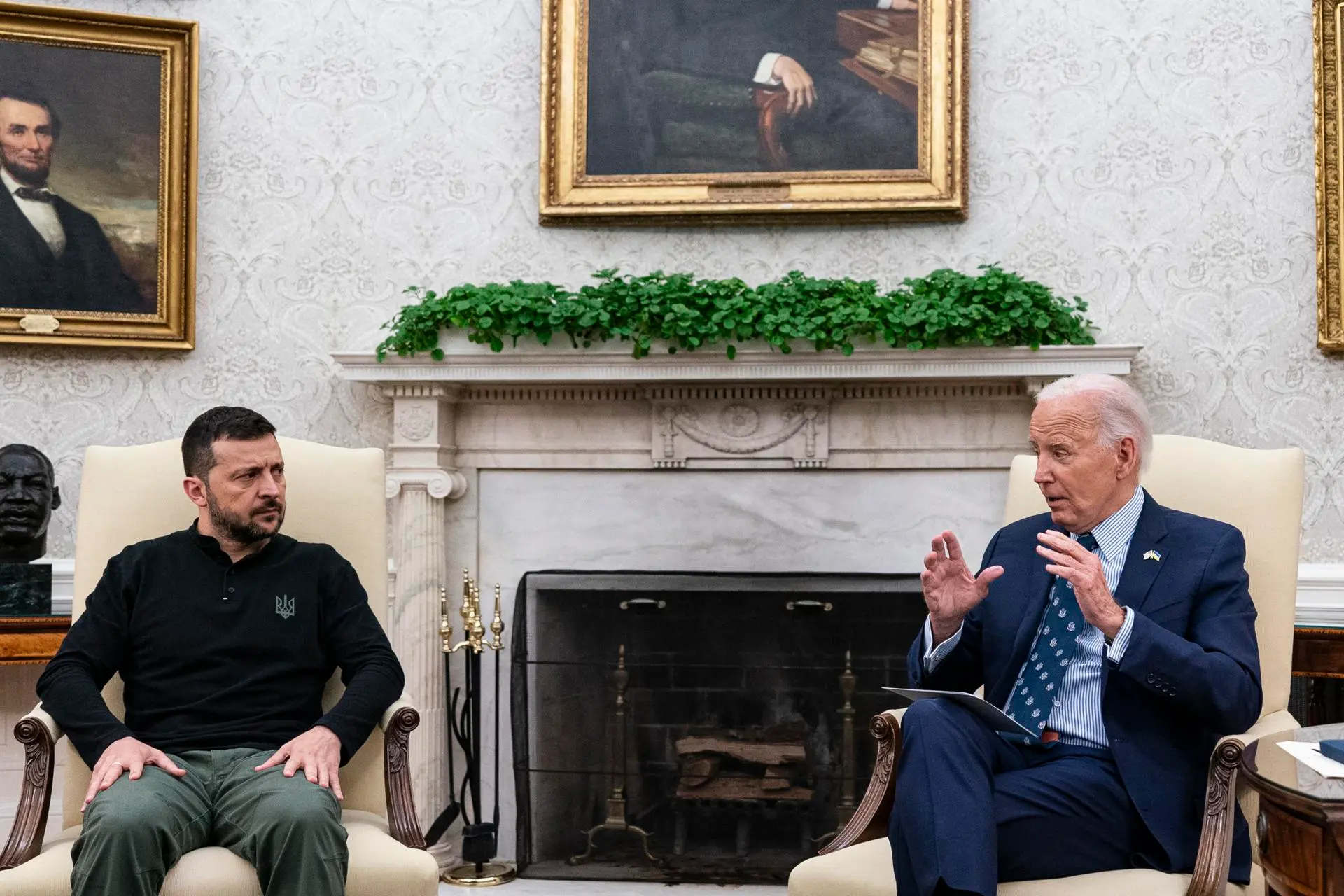
Faced with the general coldness towards his ‘Victory Plan’, which calls for urgent military aid to force Russia to negotiate a peace that does not involve the transfer of Ukrainian territories, President Volodymyr Zelensky has openly raised for the first time since the beginning of the war the possibility of negotiating with Russia a partial truce that would lower the intensity of the conflict.
“We don’t attack their energy infrastructure and they don’t attack ours. Could this bring this to an end to the hot phase of the war? I think so,” Zelenski said last week in a meeting with journalists.
According to Anglo-Saxon media published this week that cite sources familiar with the process, representatives of Ukraine and Russia would have already initiated contacts for this cessation of mutual attacks against energy-related targets that would give Kiev guarantees to face the winter without new bombing of its power plants and would put an end to the destruction with Ukrainian drones of Russian refineries.
These talks for a truce in this chapter would be the resumption of a process that would have already taken place this summer with the mediation of Qatar, which continues to facilitate contacts, and which derailed, as it was said at the time, due to the beginning in early August of the Ukrainian cross-border operation in the Russian oblast of Kursk, where Kiev controls part of the territory.
One of the points of the “Peace Formula”
Guaranteeing energy security is one of the ten points of the so-called Ukrainian Peace Formula, a document composed of ten proposals among which the demand that Russia withdraw from all the territories it occupies in Ukraine stands out.
The ‘Peace Formula’ was discussed at a first international summit held in June in Switzerland.
The issue of energy security (specifically nuclear) was, along with the requirement to allow freedom of navigation in the Black Sea and the Sea of Azov to guarantee food exports, one of the three points included in the final communiqué, which was signed by about 80 countries and international organizations.
The third point endorsed by the signatories was the one that proposes the release of all prisoners of war on both sides and the return to Ukrainian territory of adults in Russian captivity and deported or displaced children.
No positive signals from its partners
The so-called Victory Plan presented by Kiev asks its allies to immediately provide the Ukrainian Army with sufficient military equipment and long-range weapons to stabilize the front and begin attacking Russian territory more systematically.
According to Kiev’s calculations, if its main partners materialize the plan, Russia would be forced to sit down to negotiate the ‘Peace Formula’ in a second international summit that Ukraine aspires to organize before the end of the year.
None of Ukraine’s allies capable of providing this level of military aid has shown signs of being interested in meeting these demands of Kiev, which for the moment has to make do with staying on the defensive at the front while opening up to a specific commitment that will not put an end to hostilities but would help both parties to cope with the wear and tear of two long years of war.
International
María Corina Machado says Venezuela’s political transition “must take place”
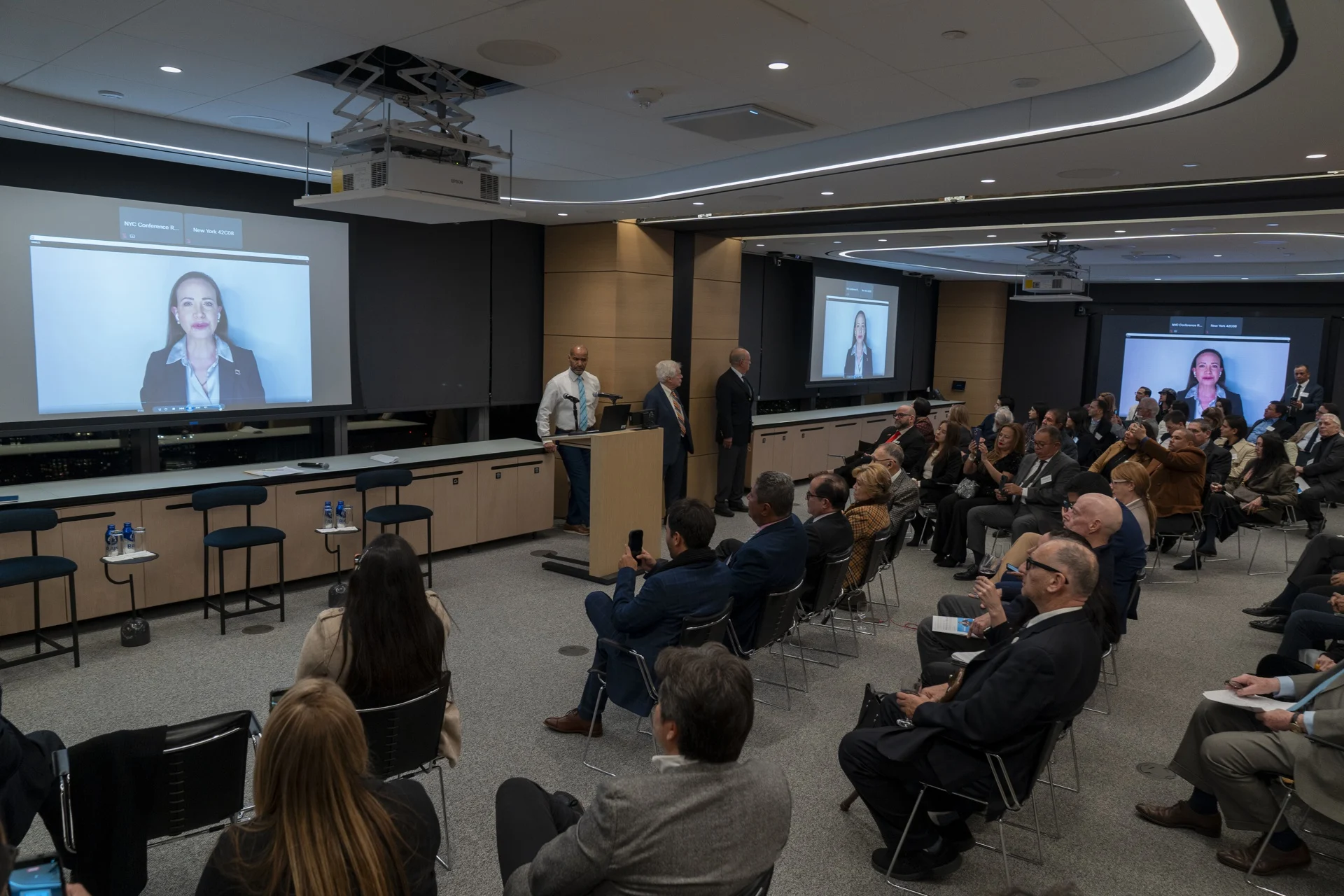
Venezuelan opposition leader María Corina Machado said this Thursday, during a virtual appearance at an event hosted by the Venezuelan-American Association of the U.S. (VAAUS) in New York, that Venezuela’s political transition “must take place” and that the opposition is now “more organized than ever.”
Machado, who is set to receive the Nobel Peace Prize on December 10 in Oslo, Norway — although it is not yet known whether she will attend — stressed that the opposition is currently focused on defining “what comes next” to ensure that the transition is “orderly and effective.”
“We have legitimate leadership and a clear mandate from the people,” she said, adding that the international community supports this position.
Her remarks come amid a hardening of U.S. policy toward the government of Nicolás Maduro, with new economic sanctions and what has been described as the “full closure” of airspace over and around Venezuela — a measure aimed at airlines, pilots, and alleged traffickers — increasing pressure on Caracas and further complicating both air mobility and international commercial operations.
During her speech, Machado highlighted the resilience of the Venezuelan people, who “have suffered, but refuse to surrender,” and said the opposition is facing repression with “dignity and moral strength,” including “exiles and political prisoners who have been separated from their families and have given everything for the democratic cause.”
She also thanked U.S. President Donald Trump for recognizing that Venezuela’s transition is “a priority” and for his role as a “key figure in international pressure against the Maduro regime.”
“Is change coming? Absolutely yes,” Machado said, before concluding that “Venezuela will be free.”
International
Catalonia’s president calls for greater ambition in defending democracy
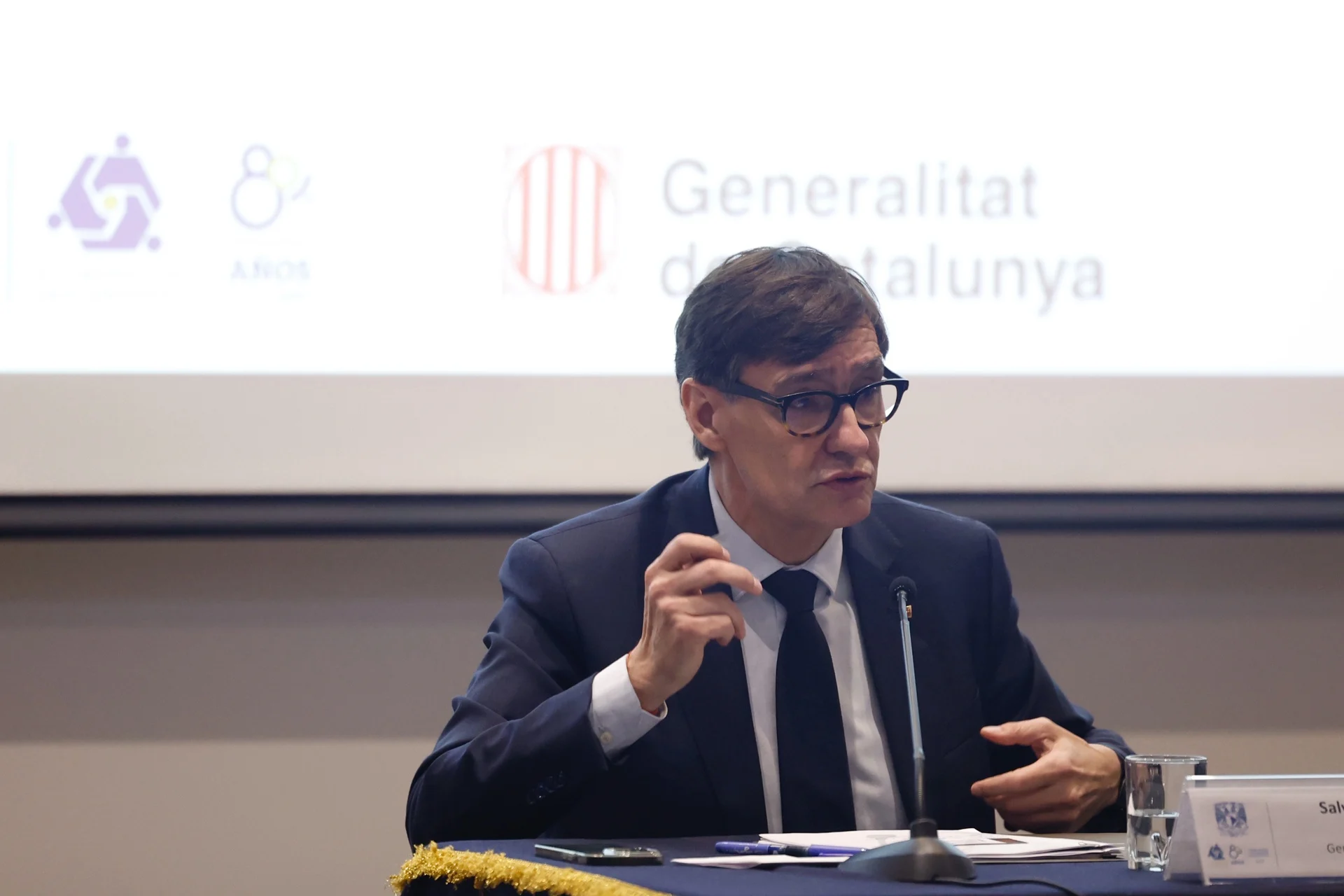
The President of the Generalitat of Catalonia, Salvador Illa, on Thursday called for being “more ambitious” in defending democracy, which he warned is being threatened “from within” by inequality, extremism, and hate speech driven by what he described as a “politics of intimidation,” on the final day of his visit to Mexico.
“The greatest threat to democracies is born within themselves. It is inequality and the winds of extremism. Both need each other and feed off one another,” Illa said during a speech at the National Autonomous University of Mexico (UNAM) in Mexico City.
In his address, Illa stated that in the face of extremism, society can adopt “two attitudes: hope or fear,” and warned that hate-driven rhetoric seeks to weaken citizens’ resolve. “We must be aware that hate speech, the politics of intimidation, and threats in the form of tariffs, the persecution of migrants, drones flying over Europe, or even war like the invasion of Ukraine, or walls at the border, all pursue the same goal: to make citizens give up and renounce who they want to be,” he added.
Despite these challenges, he urged people “not to lose hope,” emphasizing that there is a “better alternative,” which he summarized as “dialogue, institutional cooperation, peace, and human values.”
“I sincerely believe that we must be more ambitious in our defense of democracy, and that we must remember, demonstrate, and put into practice everything we are capable of doing. Never before has humanity accumulated so much knowledge, so much capacity, and so much power to shape the future,” Illa stressed.
For that reason, he called for a daily defense of the democratic system “at all levels and by each person according to their responsibility,” warning that democracy is currently facing an “existential threat.”
International
WMO predicts 55% chance of weakened La Niña impacting global weather this winter
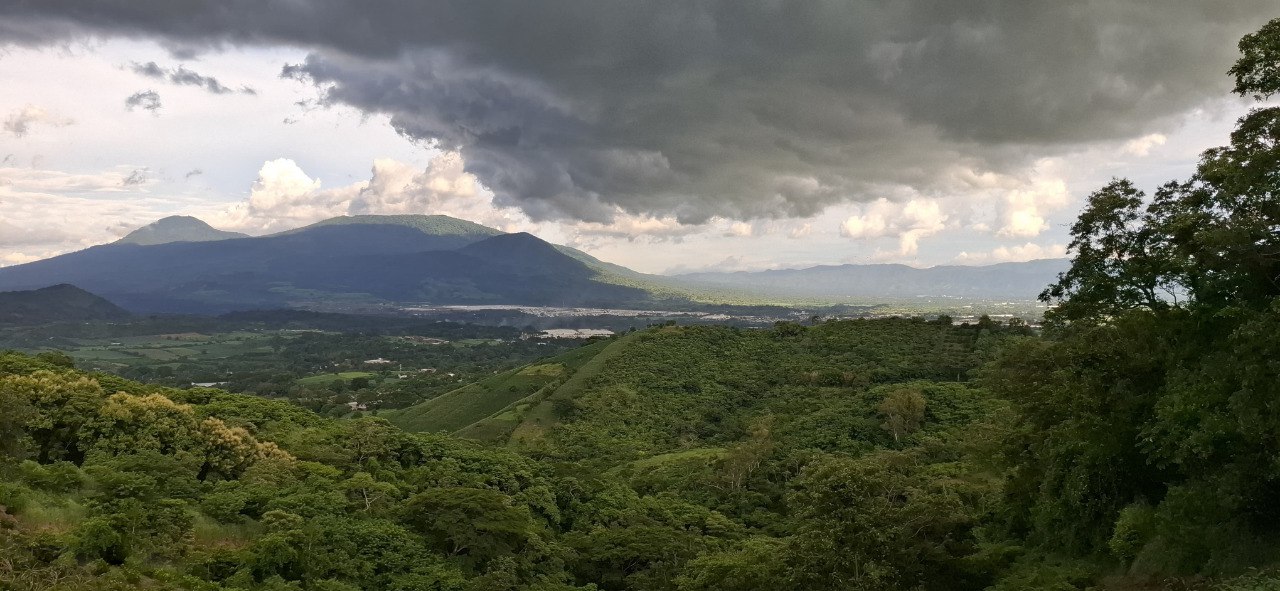
The World Meteorological Organization (WMO) reported on Thursday that there is a 55% chance that the La Niña phenomenon, typically associated with cooler temperatures, will affect global weather between December and February, though in a weakened form.
In its update released Thursday, the WMO clarified that while La Niña is usually linked to a temporary drop in average global temperatures, some regions could still experience warmer-than-normal conditions.
As 2026 progresses, the WMO expects the planet to shift toward neutral conditions, neither influenced by La Niña nor by its opposite, El Niño, which is associated with increased temperatures. The likelihood of neutral conditions is expected to rise to 75% between February and April, according to the agency’s regular bulletin on these phenomena.
La Niña occurs due to cooling of the central and eastern Pacific Ocean waters and is also linked to changes in tropical atmospheric circulation, including wind and rainfall patterns. The opposite phenomenon, El Niño, has not been observed by experts since 2024, which currently remains the warmest year on record.
-

 Central America5 days ago
Central America5 days agoHonduras Extends Voting by One Hour Amid High Turnout, CNE Announces
-
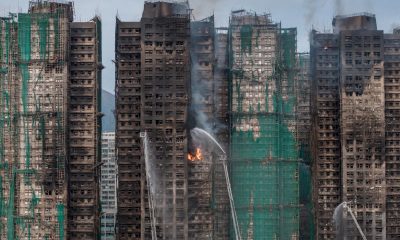
 International4 days ago
International4 days agoHong Kong police arrest 13 over deadly high-rise fire that killed 151
-
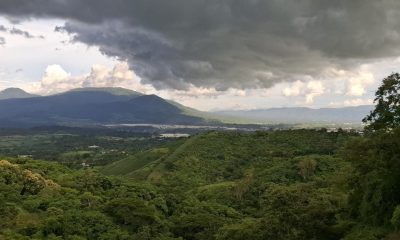
 International1 day ago
International1 day agoWMO predicts 55% chance of weakened La Niña impacting global weather this winter
-
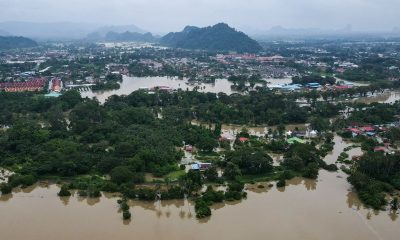
 International4 days ago
International4 days agoSri Lanka and Indonesia deploy military as deadly asian floods kill over 1,000
-

 International3 days ago
International3 days agoVenezuela authorizes return flights as U.S. continues deportations amid rising tensions
-

 Central America1 day ago
Central America1 day agoJuan Orlando Hernández thanks Donald Trump after U.S. pardon
-

 International4 days ago
International4 days agoTrump says asylum decision freeze will remain in place “for a long time”
-
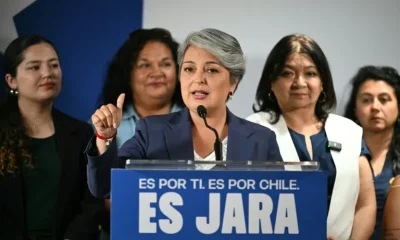
 International4 days ago
International4 days agoChile enters runoff campaign with Kast leading and Jara seeking a last-minute comeback
-

 International3 days ago
International3 days ago20,000 rounds stolen from german army after driver leaves cargo unattended
-

 International2 days ago
International2 days agoRussian authorities ban Roblox citing child safety and moral concerns
-

 International3 days ago
International3 days agoEl Chapo’s son Joaquín Guzmán López pleads guilty to U.S. drug trafficking charges
-
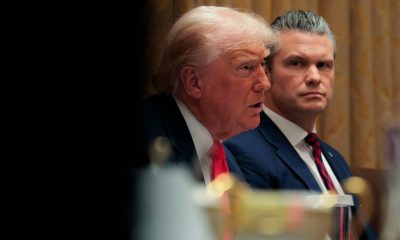
 International3 days ago
International3 days agoTrump convenes National Security Council as U.S.–Venezuela tensions intensify
-

 Internacionales2 days ago
Internacionales2 days agoJuan Orlando Hernández’s family takes time to decide next steps after surprise U.S. release
-

 International2 days ago
International2 days agoClimate-driven rains trigger one of Indonesia’s deadliest flood emergencies in years
-

 International1 day ago
International1 day agoSpain’s PSOE summons Mark Zuckerberg over alleged mass surveillance on Android users
-
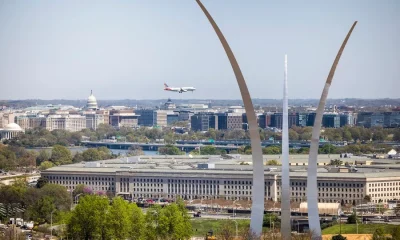
 International1 day ago
International1 day agoNew York Times sues Pentagon over new press restrictions, citing First Amendment violations
-
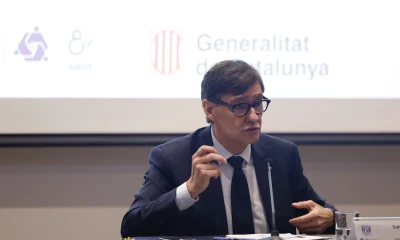
 International9 hours ago
International9 hours agoCatalonia’s president calls for greater ambition in defending democracy
-
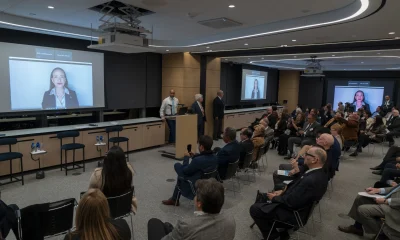
 International9 hours ago
International9 hours agoMaría Corina Machado says Venezuela’s political transition “must take place”


























